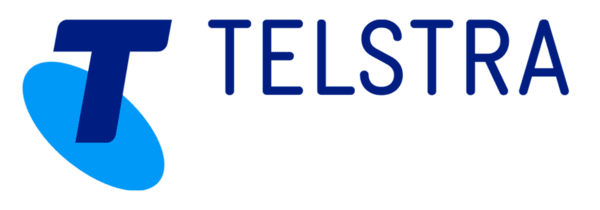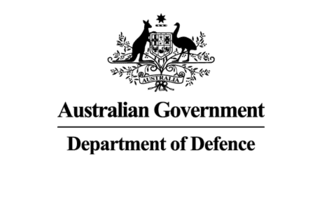

course overview
Overview
The Official (ISC)² Systems Security Certified Practitioner (SSCP ) training provides a comprehensive review of the knowledge required to implement, monitor and administer IT infrastructure in accordance with information security policies and procedures that ensure data confidentiality, integrity and availability. This training course will help students review and refresh their knowledge and identify areas they need to study for the SSCP exam.Content aligns with and comprehensively covers the sevendomains of the (ISC)² SSCPCommon Body of Knowledge (CBK ).
As an (ISC)2Official Training Provider, we use courseware developed by (ISC)² –creator of the SSCP CBK –to ensure your training is relevant and up-to-date. Our instructors are verified security experts who hold the SSCP and have completed intensive training to teach (ISC)² content .
Please Note: An exam voucher is included with this course.
Audience
This training course is intended for practitioners who have at least one year of cumulative, paid work experience in one or more of the seven domains of the (ISC)2 SSCP CBK and are pursuing SSCP training and certification to acquire the credibility and mobility to advance within their current information security careers.This training is ideal for those with technical skills and practical, hand-on security knowledge working in operational IT positions.
Skills Gained
Domain 1: Access Controls
Domain 2: Security Operations and Administration
Domain 3: Risk Identification, Monitoring and Analysis
Domain 4: Incident Response and Recovery
Domain 5: Cryptography
Domain 6: Network and Communications Security
Domain 7: Systems and Application Security
Prerequisites
Attendees should meet the following prerequisites:
Outline
After completing this course you should be able to:
If you need training for 3 or more people, you should ask us about onsite training. Putting aside the obvious location benefit, content can be customised to better meet your business objectives and more can be covered than in a public classroom. Its a cost effective option. One on one training can be delivered too, at reasonable rates.
Submit an enquiry from any page on this site, and let us know you are interested in the requirements box, or simply mention it when we contact you.
All $ prices are in USD unless it’s a NZ or AU date
SPVC = Self Paced Virtual Class
LVC = Live Virtual Class
Our clients have included prestigious national organisations such as Oxford University Press, multi-national private corporations such as JP Morgan and HSBC, as well as public sector institutions such as the Department of Defence and the Department of Health.












